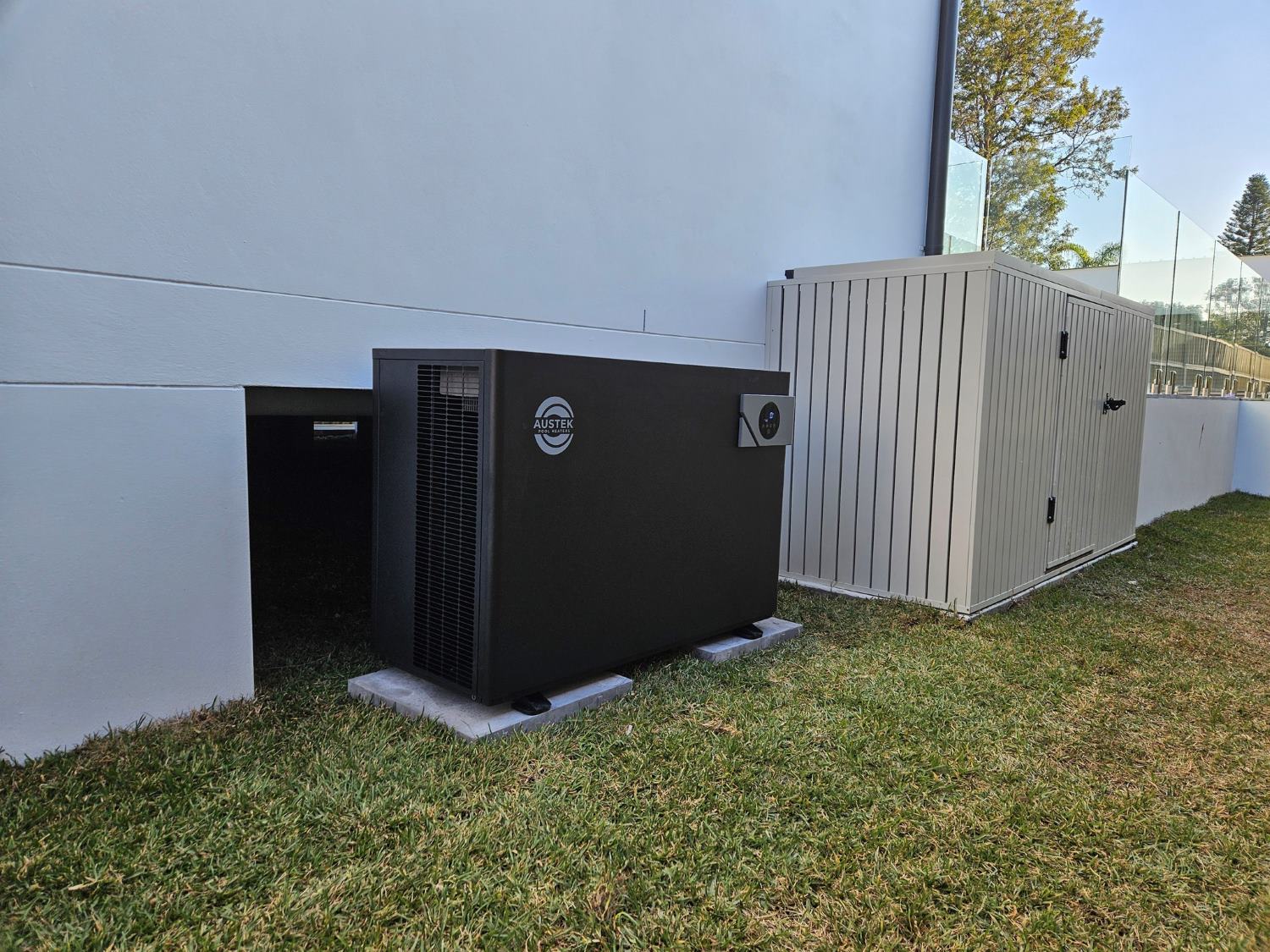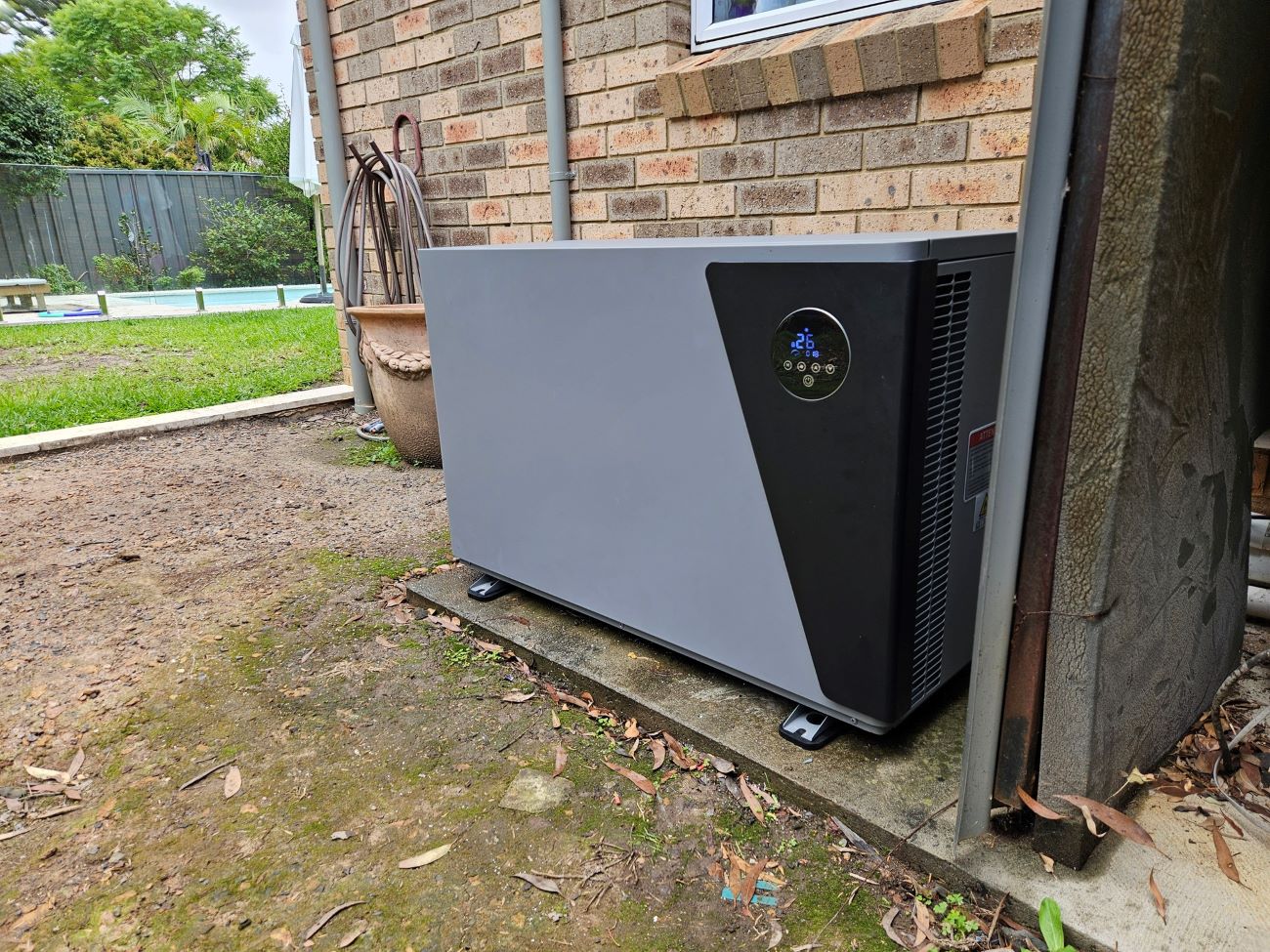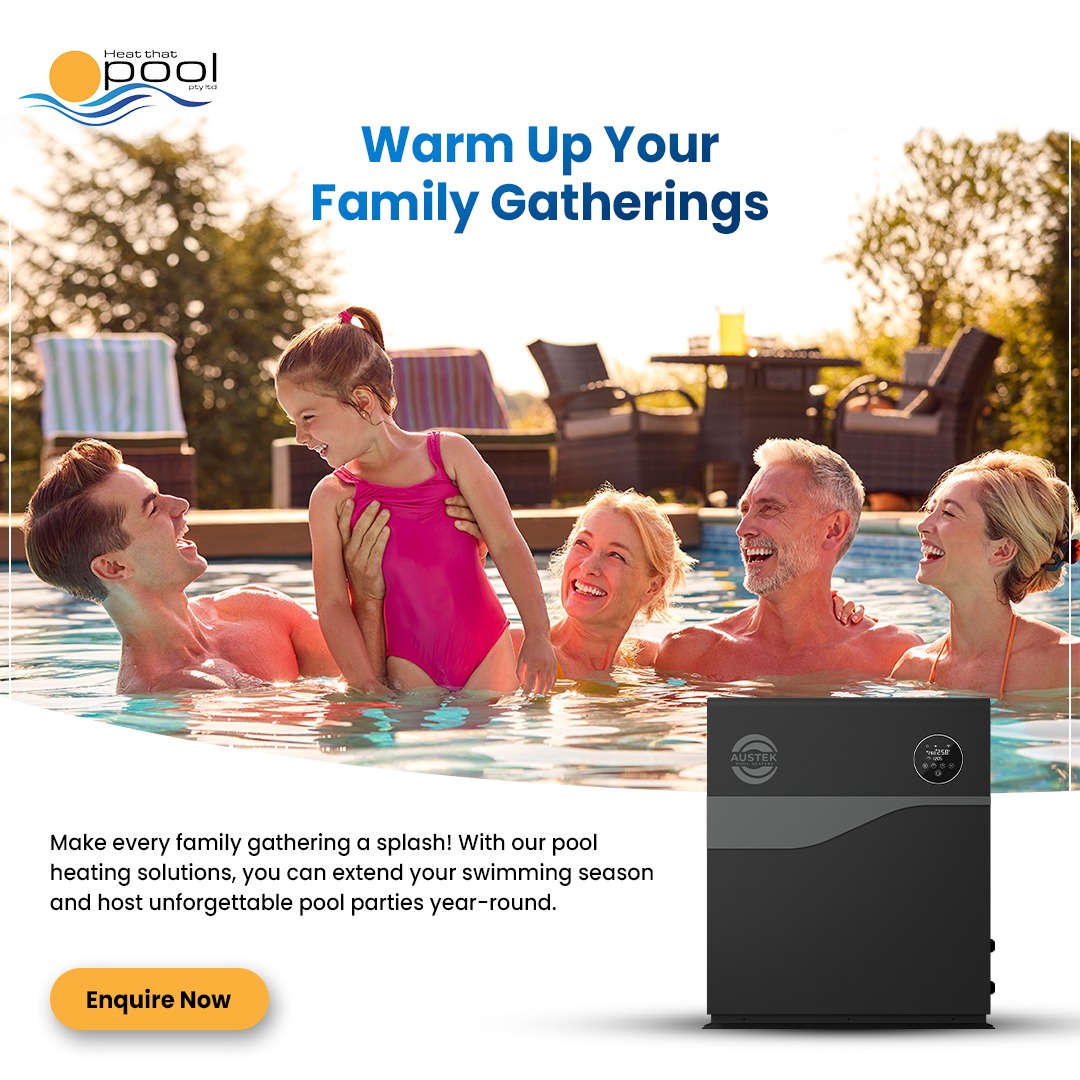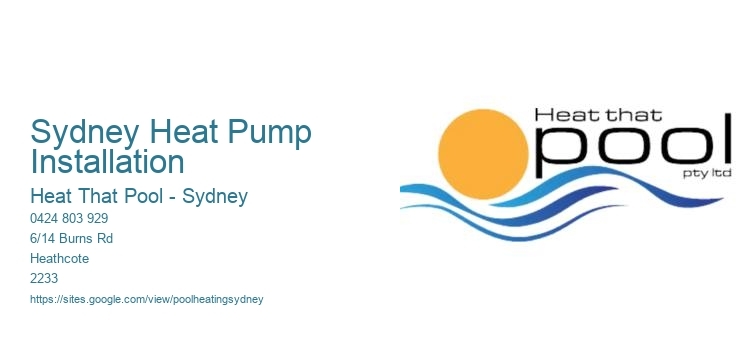Choosing the Right Heat Pump for Your Sydney Home
Choosing the right heat pump for your Sydney home is a decision that involves careful consideration of various factors to ensure comfort, efficiency, and cost-effectiveness. Pool Heat Pump Sydney . As Sydney experiences a temperate climate with mild winters and warm summers, selecting a heat pump that can efficiently handle these conditions is crucial.
First and foremost, understanding the size and layout of your home is essential. Heat pumps come in various sizes, and selecting one that matches the requirements of your space can significantly impact its performance and efficiency. A unit that is too small may struggle to heat or cool your home adequately, while an oversized unit can lead to unnecessary energy consumption and increased costs. Consulting with a professional installer who can evaluate your homes specific needs is a wise first step.
Another important factor to consider is the energy efficiency of the heat pump. In a city like Sydney, where energy costs can be high, choosing a system with a high Seasonal Energy Efficiency Ratio (SEER) or Heating Seasonal Performance Factor (HSPF) can lead to substantial savings on your energy bills. Modern heat pumps are designed with advanced technology to maximize efficiency, and opting for a model with a good energy rating can also contribute to reducing your carbon footprint.
Additionally, consider the type of heat pump that best suits your needs. There are primarily two types: air-source heat pumps and ground-source heat pumps. Air-source heat pumps are more common and are generally less expensive to install. They work by transferring heat between your home and the outside air. Ground-source heat pumps, on the other hand, are more efficient as they leverage the consistent temperatures underground but come with higher installation costs. Your choice will depend on your budget, long-term savings goals, and the specific characteristics of your property.
Noise levels are another aspect worth considering. Futuristic heat without the time machine While many modern heat pumps are designed to operate quietly, it is still important to check the noise rating of the unit, especially if it will be installed near bedrooms or living areas. A quieter unit will ensure that your comfort is not compromised by unwanted noise.
Finally, the reputation and reliability of the manufacturer and installer should not be overlooked. Choose a heat pump from a reputable brand known for quality and durability. Equally important is selecting a professional installer with a proven track record in heat pump installations in Sydney. A well-installed heat pump will operate efficiently and have a longer lifespan, providing you with comfort and peace of mind.

In conclusion, selecting the right heat pump for your Sydney home involves evaluating your specific needs, considering energy efficiency, choosing the appropriate type, and ensuring professional installation. By taking these factors into account, you can make an informed decision that will keep your home comfortable year-round while also being cost-effective and environmentally friendly.
Step-by-Step Installation Process
Installing a heat pump in Sydney can be a smart and energy-efficient choice for homeowners looking to regulate indoor temperatures year-round. With the city's fluctuating climate, a heat pump can provide both heating and cooling, making it an ideal solution for maintaining comfort in the home. Here is a step-by-step guide to help you navigate the installation process of a heat pump in Sydney.
The first step in the installation process is to assess your home's heating and cooling needs. This involves determining the appropriate size and capacity of the heat pump that will effectively service your living space. Consulting with a professional HVAC technician can provide valuable insights into the best options available and ensure that the system you choose is both efficient and effective for your specific needs.
Once you have selected the appropriate heat pump, the next step is to prepare the installation site. This typically involves choosing a suitable location for both the indoor and outdoor units. The outdoor unit should be placed in a well-ventilated area with adequate clearance to ensure optimal performance and efficiency. It is important to ensure that the site is level and free from obstructions that could impede airflow.

After the site preparation, the installation process can begin. This involves mounting the indoor unit, usually high on an interior wall, and connecting it to the outdoor unit. The units are typically connected through refrigerant lines and electrical wiring, which should be handled by a qualified technician to ensure safety and compliance with local regulations. In Sydney, it is particularly important to adhere to local building codes and standards to avoid any legal or functional issues.
Once the units are connected, the system needs to be charged with refrigerant if necessary and thoroughly tested to ensure it is functioning correctly. The technician will check for any leaks, confirm that the electrical connections are secure, and verify that the system is operating efficiently. This step is crucial to ensure the longevity and performance of the heat pump.
The final step in the installation process is to educate the homeowner on the operation and maintenance of the heat pump system. Understanding how to operate the system efficiently, perform basic maintenance tasks, and recognize signs of potential issues can help extend the life of the heat pump and ensure it operates at peak efficiency.
In conclusion, installing a heat pump in Sydney involves careful planning and execution. By following these step-by-step instructions and working with a qualified technician, homeowners can enjoy the benefits of an efficient and reliable heating and cooling system. This investment not only enhances comfort but also contributes to energy savings and environmental sustainability.

Maintenance Tips for Optimal Performance
When it comes to maintaining optimal performance for your heat pump system in Sydney, where the climate can fluctuate significantly, regular maintenance is key. Heat pumps are a popular choice for homeowners due to their efficiency and dual functionality in providing both heating and cooling.
Sydney Heat Pump Installation -
- Efficient heating for backyard pools Sydney
- So easy even your dog might try to set it
Firstly, its crucial to schedule regular professional inspections. A certified technician should check your heat pump at least once a year. During these inspections, the technician will assess the systems components, clean the coils, and check the refrigerant levels. This professional attention can prevent minor issues from escalating into costly repairs, ensuring that your system operates efficiently year-round.
In addition to professional maintenance, there are several steps you can take as a homeowner to keep your heat pump in good condition. One of the simplest yet most effective tasks is to regularly clean or replace the air filters. Clogged filters can significantly reduce airflow, forcing the system to work harder and consume more energy. Aim to inspect the filters monthly and replace them every one to three months, depending on usage and the air quality in your area.
Another important aspect of heat pump maintenance is to ensure that the outdoor unit is free from debris. Sydneys weather can sometimes lead to leaves, dirt, or other debris accumulating around the unit, which can obstruct airflow. Regularly check the area around the outdoor unit and clear away any obstructions. Additionally, ensure that the unit is level, as an uneven unit can lead to inefficient operation and potential damage over time.
Furthermore, it's beneficial to pay attention to the thermostat settings. Using a programmable thermostat can optimize the performance of your heat pump by adjusting the temperature based on your schedule. This not only improves the efficiency of the system but also helps in reducing energy bills.
Finally, be mindful of any unusual noises or sudden changes in performance. These can be early indicators of issues that might require professional attention. Addressing them promptly can prevent further damage and extend the lifespan of your heat pump.
In conclusion, maintaining a heat pump system in Sydney requires a combination of professional inspections and proactive homeowner care. By following these maintenance tips, you can ensure that your heat pump operates efficiently, providing optimal performance and comfort throughout the year. Investing time and effort into regular maintenance not only enhances the systems efficiency but also prolongs its lifespan, offering peace of mind and savings in the long run.
Troubleshooting Common Issues
Installing a heat pump in Sydney can be a highly beneficial investment, given the citys fluctuating climate. However, like any home appliance, heat pumps can encounter issues that require troubleshooting to ensure optimal performance. Understanding common problems and their solutions can save homeowners time, money, and frustration.
One prevalent issue with heat pumps in Sydney is insufficient heating or cooling. This problem can often be traced back to incorrect thermostat settings. Before calling a technician, homeowners should ensure that the thermostat is set to the desired temperature and mode. If the settings are correct, the issue might stem from poor airflow due to clogged filters or blocked vents. Regular maintenance, such as cleaning or replacing filters every few months and ensuring that vents are unobstructed, can prevent this problem.
Another common issue is the heat pump frequently switching on and off, known as short cycling. This can be caused by an oversized unit, which struggles to maintain a consistent temperature, or by a malfunctioning thermostat. Ensuring that the heat pump is appropriately sized for the space it serves is crucial and should be addressed during the initial installation. If the problem arises post-installation, checking the thermostats placement and functionality is advisable. It should be located away from direct sunlight or drafts to avoid false readings.
Homeowners may also encounter problems with the outdoor unit, especially given Sydneys coastal environment, which can lead to corrosion. Regular inspections and maintenance can help prevent rust and damage. Ensuring that the outdoor unit is clear of leaves, debris, and other obstructions is also vital to its efficient operation. Additionally, monitoring for unusual noises such as grinding or rattling can indicate issues with the fan motor or loose components, necessitating professional attention.
Refrigerant leaks are another issue that can impair heat pump performance. Signs of a leak include reduced heating or cooling efficiency and ice buildup on the coils. As handling refrigerants requires specialized expertise, it is best to contact a professional technician to address any suspected leaks.
Lastly, power supply problems can affect heat pump performance. Homeowners should check circuit breakers and ensure that the unit is receiving adequate power. Regularly inspecting electrical connections for signs of wear and tear can prevent unexpected outages.
In conclusion, while heat pumps are generally reliable, they can experience issues that require attention. By understanding common problems such as improper thermostat settings, short cycling, outdoor unit obstructions, refrigerant leaks, and power supply issues, Sydney homeowners can effectively troubleshoot and maintain their heat pumps. Regular maintenance and timely professional intervention are key to ensuring that these systems continue to provide comfortable indoor temperatures throughout the year.
